Why Trees Are Dropping Leaves Early (And What to Do)
By Innovation Grounds
If you’ve noticed that your trees are dropping leaves well before autumn arrives, you’re not alone. Premature leaf drop can be a sign of stress or an underlying issue that, if left untreated, may impact your tree’s long-term health. In this post, we’ll explore the main reasons why trees shed leaves early and what you can do to help them recover.
Drought and Heat Stress
One of the most common reasons for early leaf drop is environmental stress—particularly drought and heat. During prolonged periods of high temperatures or low rainfall, trees may shed leaves to conserve water.
Signs of drought stress:
Curling or browning leaf edges
Wilting leaves
Sparse foliage in the canopy
What to do:
Water your trees deeply and infrequently. Soaker hoses or drip irrigation systems work best, as they allow water to penetrate deeply into the root zone. Mulch around the base of the tree to retain moisture and regulate soil temperature.
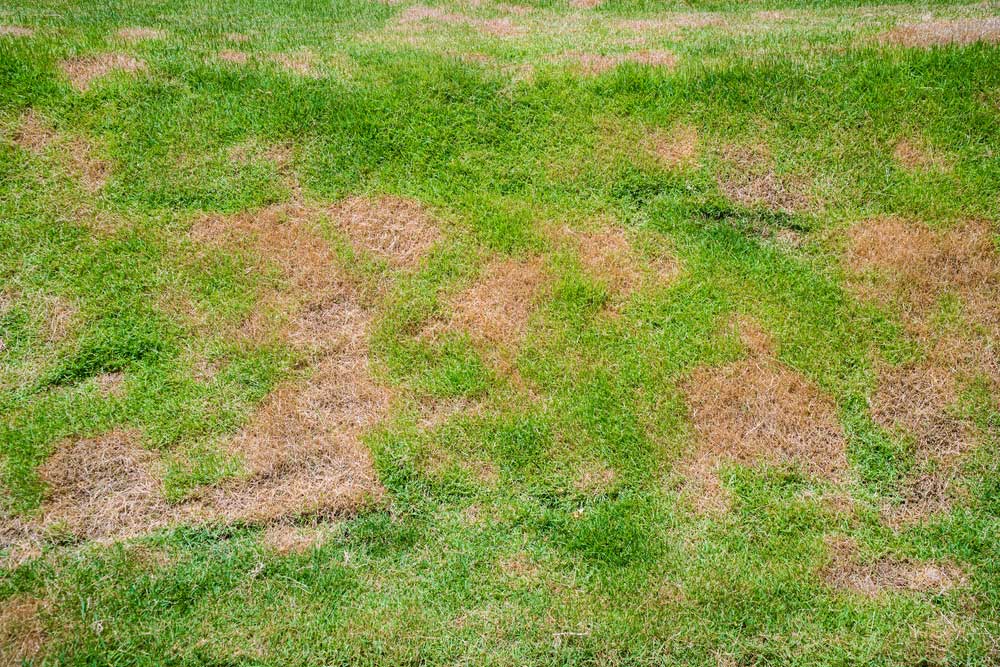
Pest Infestations
Insects like aphids, spider mites, scale, and leaf miners can cause significant damage to foliage. When pests feed on leaves or tree sap, they weaken the plant, which may trigger early shedding.
Signs of pest issues:
Sticky residue (honeydew) on leaves or the ground
Tiny holes or chewed edges
Webbing or clusters of insects on branches
What to do:
Inspect your tree regularly for pest activity. Use a strong stream of water to dislodge pests or apply insecticidal soap. For severe infestations, contact a certified arborist or pest control expert.
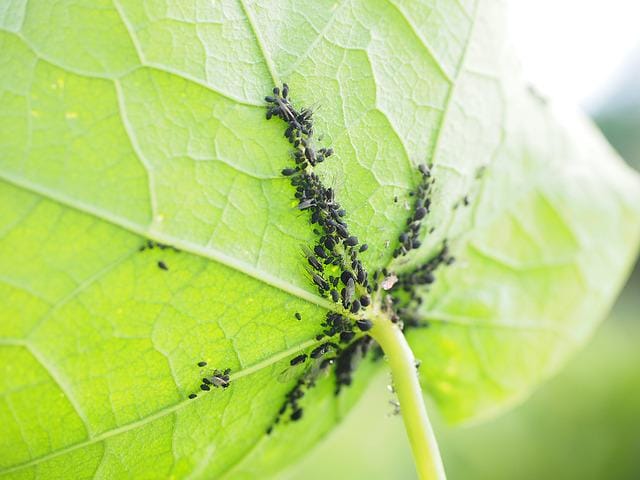
Fungal or Bacterial Diseases
Diseases such as anthracnose, leaf spot, or powdery mildew can also cause trees to drop leaves early. These pathogens thrive in warm, wet conditions and can spread rapidly during rainy seasons.
Symptoms include:
Dark spots or blotches on leaves
White powdery coating
Premature yellowing or browning of foliage
What to do:
Remove and dispose of affected leaves to limit the spread. Avoid overhead watering and improve air circulation around the tree. Fungicides can be helpful but should be used according to a professional’s guidance.
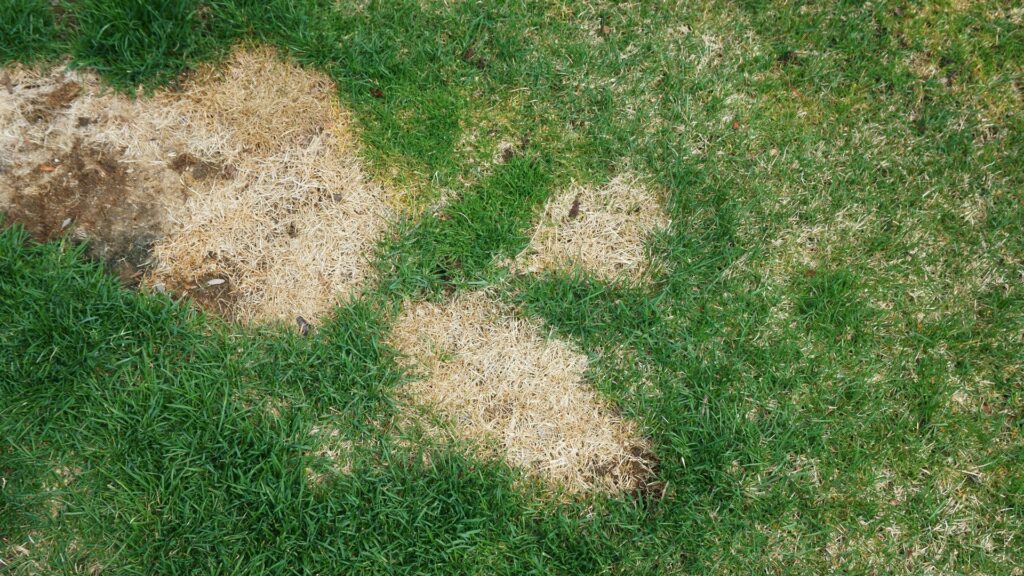
Fungal or Bacterial Diseases
Poor soil nutrition can lead to weak growth and early leaf loss. Common deficiencies include nitrogen, iron, and magnesium.
Common signs:
Yellowing leaves with green veins (chlorosis)
Stunted growth
Sparse leaf development
What to do:
Conduct a soil test to identify any deficiencies. Amend the soil with appropriate fertilizers and organic matter to boost tree health. Compost and well-rotted manure can also enrich the soil naturally.
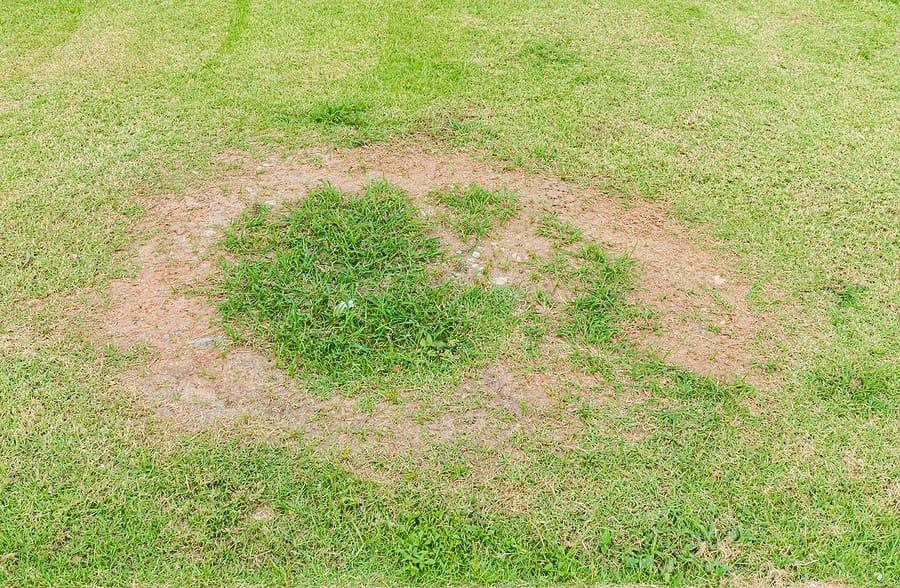
Root Damage or Compaction
Tree roots are sensitive to construction, heavy foot traffic, or compacted soil. When roots are damaged or can’t access enough oxygen, trees become stressed and may shed leaves prematurely.
Indicators of root issues:
Sudden decline in tree vigor
Early leaf yellowing and drop
Fewer new shoots or buds
What to do:
Minimize traffic near the tree’s root zone and avoid piling soil or mulch against the trunk. Aerate the soil around the tree to improve oxygen flow. In severe cases, consult a tree care professional for deep root fertilization or remediation.
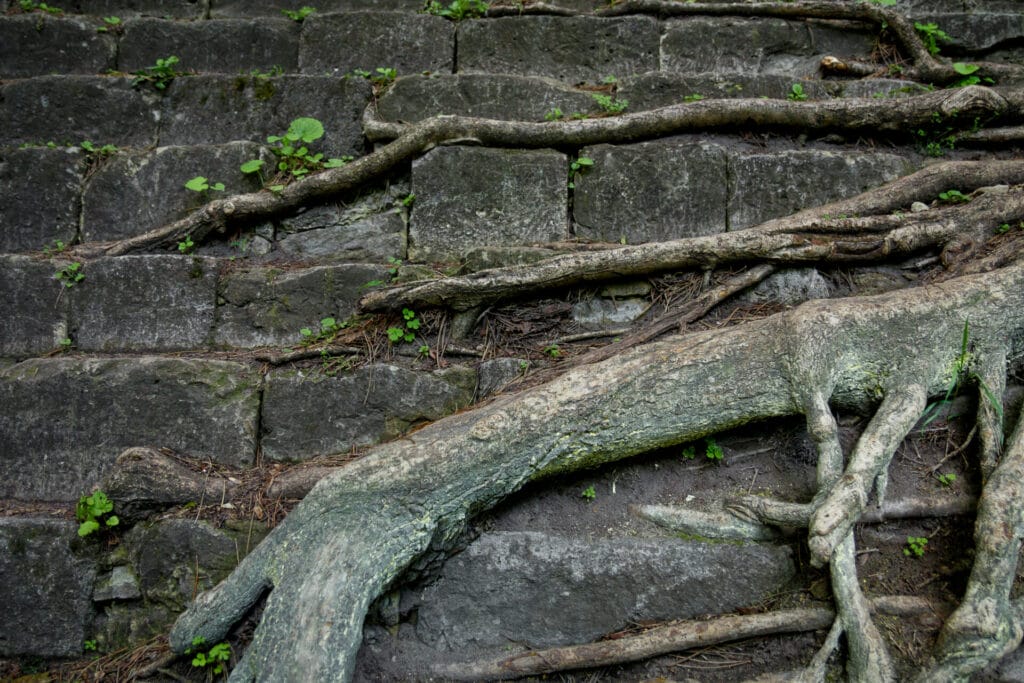
Transplant Shock
Newly planted or recently moved trees often drop leaves early due to transplant shock. This is a temporary condition caused by root disturbance.
Typical symptoms:
Wilting despite adequate water
Yellowing or falling leaves
Slow or no new growth
What to do:
Give the tree time to adjust. Ensure consistent watering and avoid fertilizing immediately after planting, as this can stress the tree further. Mulch and monitor regularly.
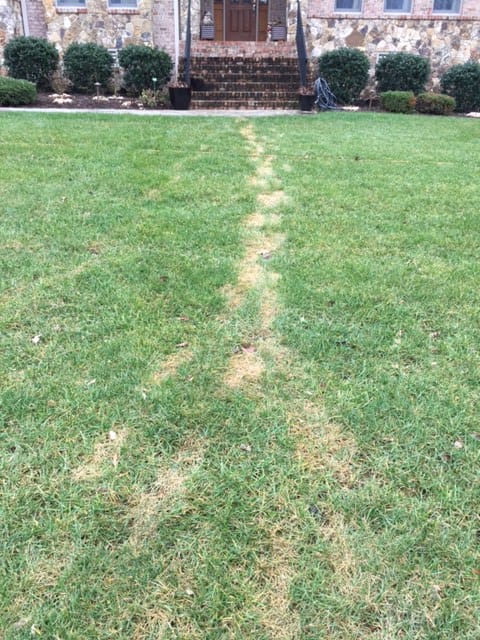
Preventative Tree Care Tips
Healthy trees are less likely to experience early leaf drop. Here are a few ongoing maintenance tips:
Water deeply but not too often – Consistent moisture is better than frequent shallow watering.
Apply mulch – Keep a 2–3 inch layer around the base, but away from the trunk.
Prune properly – Remove dead or diseased branches to promote airflow and reduce pest habitats.
Fertilize mindfully – Only feed your tree if a soil test indicates a deficiency.
Monitor regularly – The earlier you detect an issue, the better your chances of saving the tree.
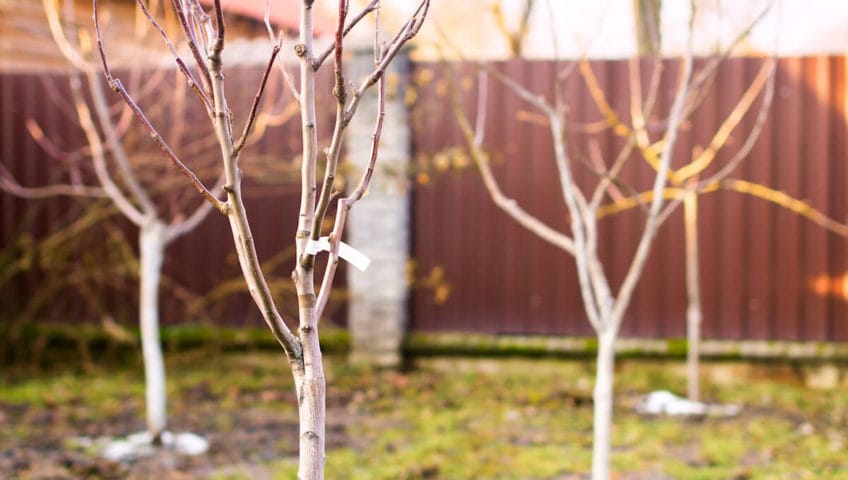
Conclusion
While it’s normal for trees to shed leaves in the fall, early leaf drop is often a red flag. By understanding the common causes—ranging from drought to disease—you can take timely action to protect your trees. With proper care, most trees can recover and thrive for years to come.


